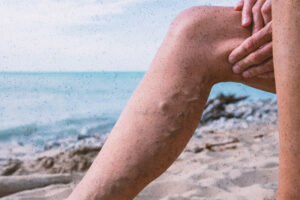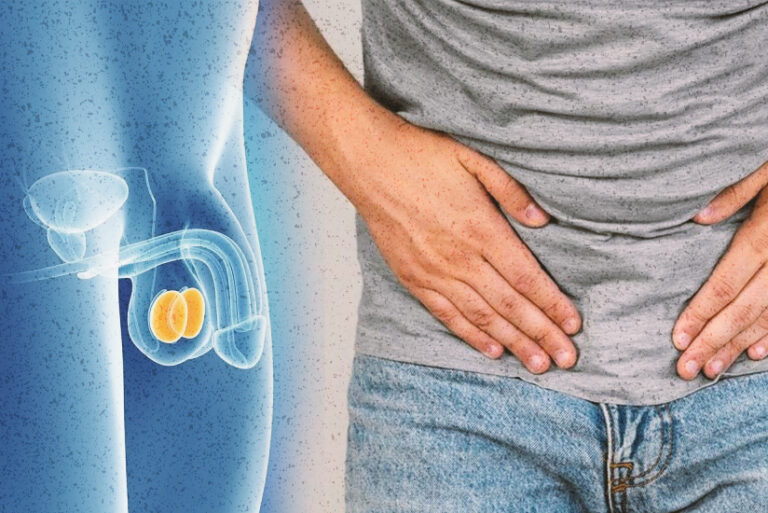By Evangeline T. Capuno
What used to be a disease of the past, cholera has staged a comeback!
The UN World Health Organization (WHO) has announced a spike in cholera in several regions of the world, with almost 195,000 cases and over 1,900 deaths reported in 24 countries since the start of this year.
The agency’s Eastern Mediterranean Region reported the highest number of cases, followed by the African Region, the Region of the Americas, the Southeast Asia Region, and the European Region.
Fortunately, the WHO said there were no reported cases in the Western Pacific Region, where the Philippines is situated. In 2023, the Philippines was the only country in the Western Pacific Region to have a cholera outbreak.
Cholera is one of the oldest diseases that have been plaguing mankind for centuries. The WHO regional office in Asia, based in Manila, describes cholera as “a water-based highly contagious disease that causes severe dehydration, diarrhea, and muscle cramps.” If left untreated, it can kill within hours.
The bacteria Vibrio cholerae cause the disease. The epidemic type of cholera that occurs in large parts of the world, particularly in Asia, is caused by the biotype El tor. This bacterium, which reportedly originated in India and spread along the trade routes in a series of epidemics that swept the globe, is found in the victim’s feces, urine and vomit.
“Cholera causes a toxic protein to attach itself to cells that line the intestinal tract, resulting in a kind of diarrhea you wouldn’t believe. The fluid literally pours out! This tremendous loss of water and minerals lead to shock and collapse of the cardiovascular system. Therein lies the threat of life,” explains American physician and book author Isadore Rosenfeld.
Cholera, touted as “the most rapidly debilitating infectious disease on earth,” victimizes only humans. It has an affinity for the small intestines where the organism multiplies fast, spewing out lethal toxins that block the flow of fluids (that sustain the body) through the intestinal walls.
Cholera, health experts say, comes in three stages. The first, called evacuation stage, lasts from three to 12 hours and is characterized by diarrhea (described as a rice-water stool), vomiting, abdominal cramps, cold, blush skin, and acute thirst.
Twenty-four hours later, the second stage commences in which the patient has low body temperature, purple and wrinkled skin, severe cramps, dark or absent urine, low blood pressure, and a weak pulse.
In the third stage, the condition may improve as cramps and diarrhea decrease. But a secondary infection like pneumonia (a bacterial infection of the lungs which may be caused by several bacteria, viruses, or fungi) may occur.
“Cholera transmission is closely linked to inadequate access to clean water and sanitation facilities,” the WHO says. “Typical at-risk areas include peri-urban slums, and camps for internally displaced persons or refugees, where minimum requirements of clean water and sanitation are not met.”
Before 1961, the Philippines and other parts of Asia were free from cholera. “No cholera epidemic had occurred in the Philippine islands for some 25 years prior to September 1961, when the first patient with the El tor type of cholera was admitted to San Lazaro Hospital in Manila,” according to five studies on the disease commissioned by the Department of Health’s Disease Intelligence Center, the US Health Department’s Communicable Disease Center, and the Southeast Asia Treaty Cholera Research Program.
The Philippine epidemic reportedly followed “the outbreaks first recognized in Indonesia in May, Sarawak (Malaysia) in July, and Macao and Hong Kong in August.” This happened in 1961, and today, cholera regularly visits these countries.
Cholera can be endemic or epidemic. Cholera outbreaks and epidemics are often linked to unsafe water. “Purification of water supplies and proper disposal of human excrement are essential for controlling cholera,” says The Merck Manual of Medical Information.
In the Philippines, a common cause of cholera outbreaks are contaminated water sources.
WHO Director-General Tedros Ghebreyesus lamented that no one should supposedly die of cholera as it can be prevented with vaccines and access to safe water and sanitation. In severe cases, it can be treated easily with oral rehydration or antibiotics. “But the reality is that many people don’t have access to these simple interventions,” he admitted.
The Merck manual, however, claims cholera vaccines provide only partial protection; this is the reason why it isn’t generally recommended. “Prompt treatment with the antibiotic tetracycline can help prevent the disease in people sharing the same household as a person infected with cholera,” the same manual suggests.
Rapid replacement of lost body fluids, salts, and minerals is central to treatment. For severely dehydrated people who can’t drink, fluid is given intravenously. In epidemics, people sometimes receive fluids via a tube inserted through the nose into the stomach.
“Once dehydration is corrected, the general goal of treatment is to replace the exact amount of fluid lost in bowel movements and vomit,” the Merck manual says. “Solid foods can be eaten after vomiting stops and the appetite returns.”
Early treatment with tetracycline kills the cholera-causing bacteria and usually stops the diarrhea in 48 hours. – ###








